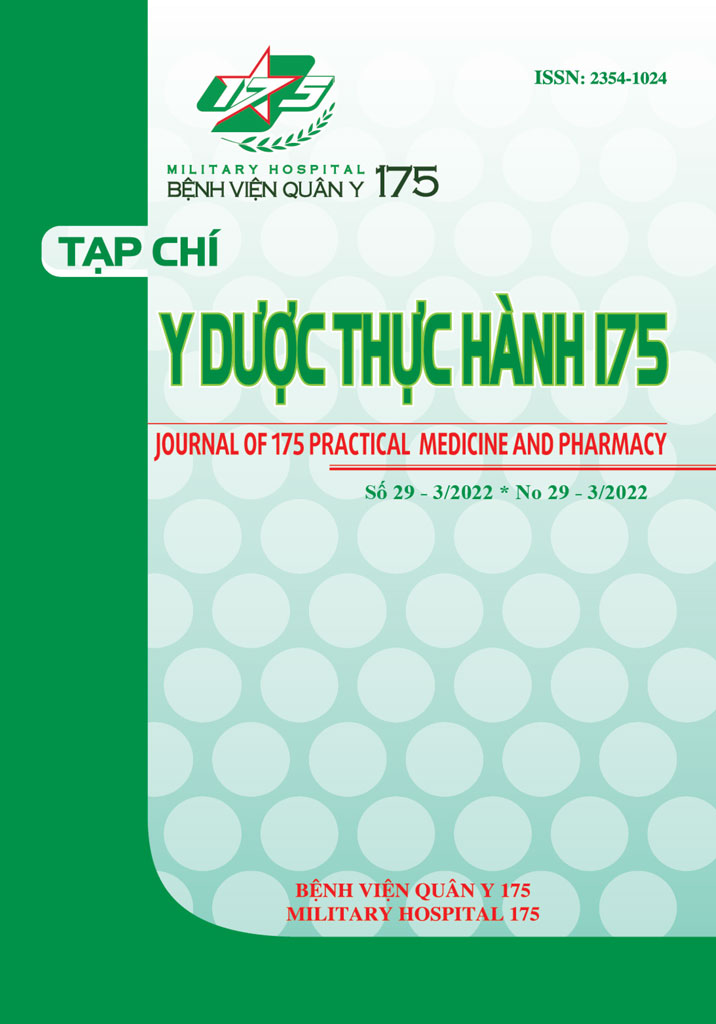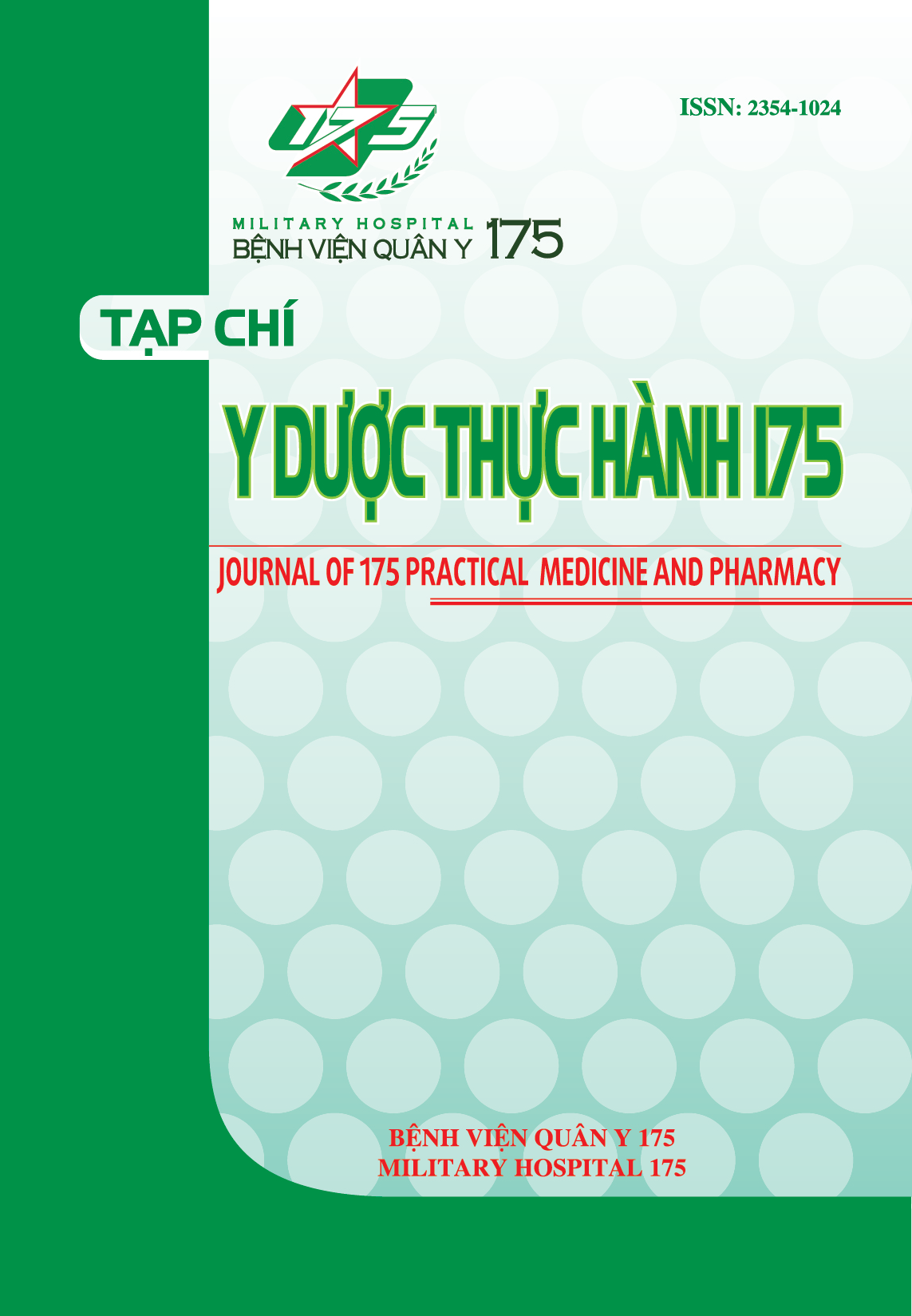MEDICAL STAFFS’ KNOWLEDGE, ATTITUDE AND PRACTICE OF APPLYING SBAR HANDOVER TOOL AT THE UNIVERSITY MEDICAL CENTER OF HO CHI MINH CITY- BRANCH 2
Authors
DOI: https://doi.org/10.59354/ydth175.2022.15Keywords:
Shift to shift bedside handover, SBARReferences
Huỳnh Thị Kiều Diễm, Trần Thụy Khánh Linh (2019), “Mức độ tuân thủ SBAR trong bàn giao ca trực của điều dưỡng tại khoa cấp cứu và các yếu tố liên quan”, Khóa luận tốt nghiệp Điều dưỡng 2019, pp. 32-33.
Bộ Y Tế. (2014), Tài liệu đào tạo liên tục an toàn người bệnh, B, Editor.
Clark E., Squire S., Heyme A., et al. (2009), “The PACT Project: improving communication at handover”, Med Journal Aust, 190 (S11), pp. S125-7.
Wang W., Liang Z., Blazeck A., et al. (2015), “Improving Chinese nursing students’ communication skills by utilizing video-stimulated recall and role-play case scenarios to introduce them to the SBAR technique”, Nurse Educ Today, 35 (7), pp. 881-7.
Achrekar M., Murthy V., Kanan S., et al. (2016), “Introduction of Situation, Background, Assessment, Recommendation into Nursing Practice: A Prospective Study”, 3 (1), pp. 45-50.
Cooper D., Clark P. C. (2020), “Preliminary Psychometrics of the Knowledge and Attitudes Toward SBAR Instrument (KA-SBAR)”, Journal Dr Nurs Pract, 13 (2), pp. 120-124.
Cairns L. L., Dudjak L. A., Hoffmann R. L., et al. (2013), “Utilizing bedside shift report to improve the effectiveness of shift handoff”, Journal Nurs Adm, 43 (3), pp. 160-5.
Renz S. M., Boltz M. P., Wagner L. M., et al. (2013), “Examining the feasibility and utility of an SBAR protocol in long-term care”, Geriatr Nurs, 34 (4), pp. 295-301.
Zakeri H., Ahmadi F., Rafeemanesh E., et al. (2017), “The knowledge of hand hygiene among the healthcare workers of two teaching hospitals in Mashhad”, Electron Physician, 9 (8), pp. 5159-5165.
Truong A. T. T., Nguyen A. T. T., Pham H. T., et al. (2020), “The effectiveness of “I PASS The BATON” model in improving nursing handover at a university hospital in Vietnam”, 4 (3), pp. 1-5.
Yu M., Kang K. J. I. J. B.-S. B.-T. (2015), “SBAR report competency and communication clarity of handover in Korean nursing students”, 7 (6), pp. 189- 200.
Downloads
PDF Downloaded: 647










